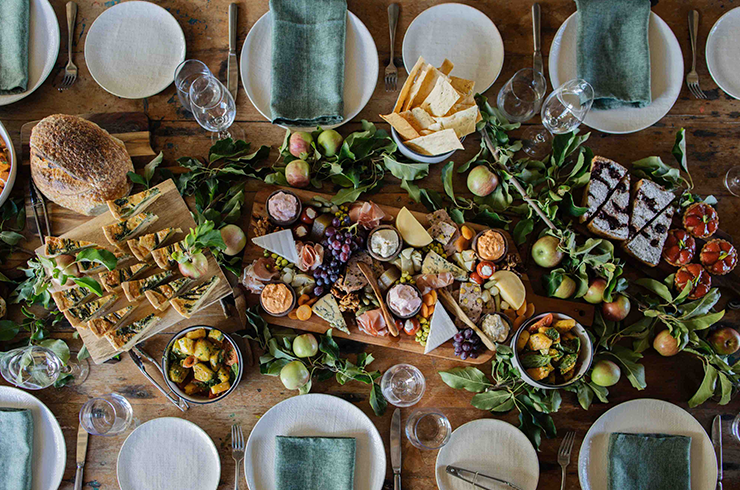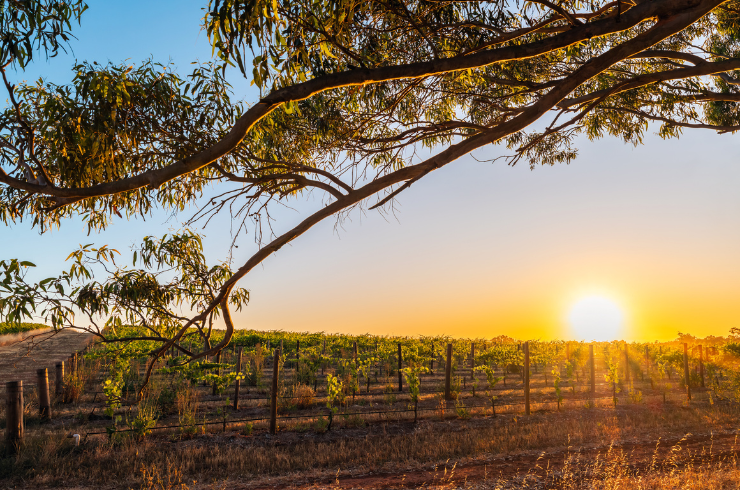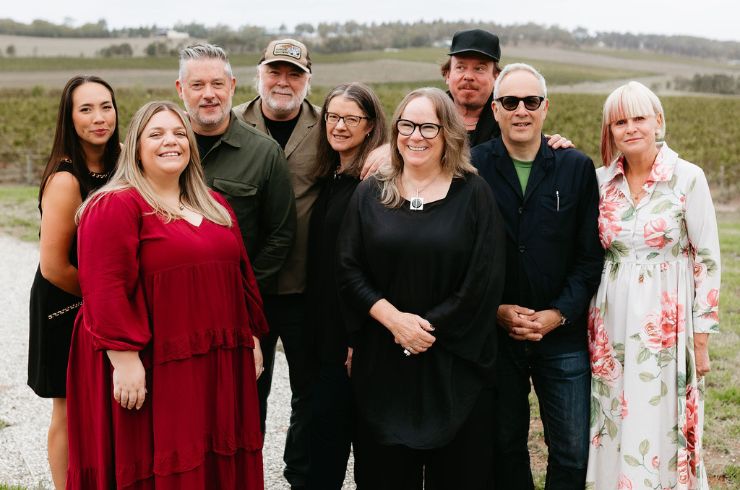The mechanics of tasting
Common to all situations is the mechanics of the way I taste. First up, provided the light is good, I pay particular attention to the wine’s colour, be it white or red, young or mature. Clarity is a prime requirement, not to be sacrificed on the altar of the no-fining, no-filtration nostrum that goes hand-in-glove with murmurings of ‘hand-crafted with passion’, or other similar gibberish.I make a written note of the colour, but space may mean it has to be dropped once the full note has been written. Next, I carefully smell the bouquet, swirling (and assessing) the wine at least twice; sometimes more. If a clear message is delivered, I will write a description there and then; if it is less emphatic I will take the first sip, most probably without actively predetermining how substantial this may be.
If, large or small, it builds coherently on the message of the bouquet, I will combine the description of the aromas and flavours as if they are one and the same. Where the palate delivers additional flavour information, or has noteworthy texture or structure, I separate the commentary on the two components.
Having written as much as is needed, I then return for a final smell and taste, with only one purpose in mind – to decide how many points (or stars) the wine should receive. There is already a storehouse of information that has led to a general feel about the wine – outstanding, very good, good, mediocre or poor – and the final analysis is simply pinpointing where, within the broader classification, the wine sits.

[Style] is an element that is subjective, and can be extremely difficult to quantify.
The winemaker’s imprint
That much of the process is, or should be, objective. But there is an element that is subjective, and can be extremely difficult to quantify. It is one of the areas of wine show judging that gives rise to the most interesting debate, and is best explained as style. How obvious are the winemaker inputs? Do they serve to amplify the inherent quality of the wine, or rather the imprint of the winemaker’s thumbs? Does this imprint open up new horizons that should be further explored, or is it (perhaps cruelly) simply a testament to the winemaker’s ego?These considerations are most obvious in red wines and barrel-fermented and matured white wines, least obvious with stainless steel fermented and early-bottled white wines.
Taking two examples will serve to explain the dynamic nature of the evolution of style. First is the treatment of cool-grown chardonnay within the larger context of the buttercup yellow, overtly oaky, wines that the UK found irresistible in the late ‘80s and early ‘90s (and which still live in the memory of those who haven’t caught up with the fundamental changes of the past 10 to 15 years).
This is not the place to launch into a lengthy dissertation on all of the new approaches and choices in making high-quality chardonnay other than to say elegance, balance and understated power is the broad aim, with oak, extract and alcohol all under tight control, allowing the sense of place maximum opportunity to express itself. The principle bone of contention is ultra-refined, low-alcohol versions that threaten to cross over into sauvignon blanc territory.
The situation with whole-bunch fermentation of red wines is very different. Here there are many schools of thought, with advocates of zero whole-bunch in the blue corner, total whole-bunch in the red corner, the fight still in the early rounds (and plenty of sub-choices to play with). Pinot noir and – increasingly – shiraz are the main battlegrounds.
Wine show judging brings these issues of style into focus, and helps the journey to reach some conclusions. Sommeliers are taking an ever-increasing role, with style weighing more heavily than in all other courts of opinion. Natural wine is a prime example of this, making conventional wine assessment superfluous.
Latest Articles
-
Win
Win a stunning collection of Plumm glassware and wine, valued at over $500
2 days ago -
Wine Lists
Top Christmas wines under $30 (and five worth splurging on)
2 days ago -
Wine Lists
Why you should drink Australian this festive season (and 80 of our best wines to try)
2 days ago -
From the tasting team
The Aussie wines the Halliday Tasting Team will be opening this festive season
2 days ago



